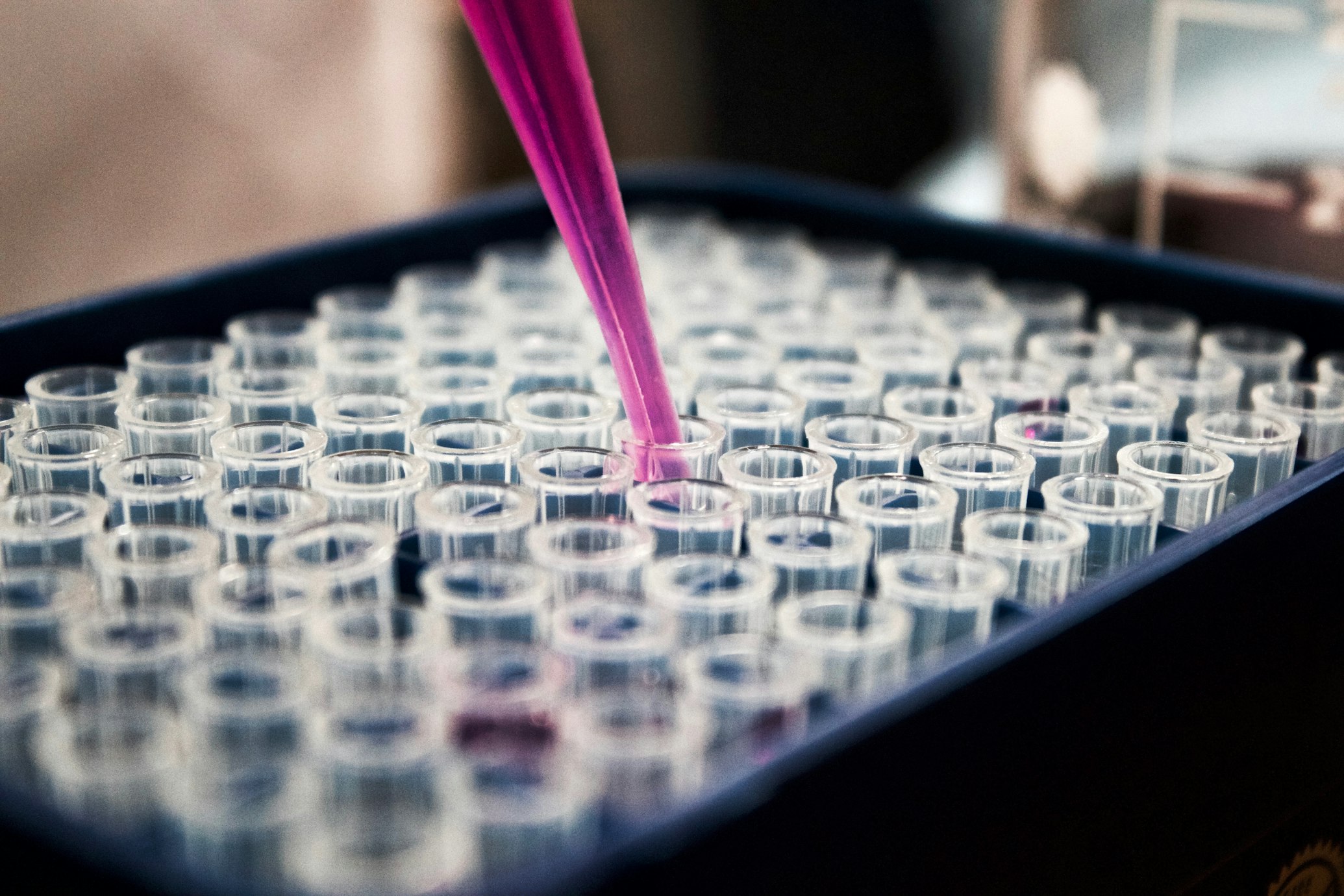The Silent Revolution
How Organic Solvents Unleashed Enzymes' Superpowers
When nature's precision catalysts defied their water-loving nature to perform chemistry in oil-like solvents
When Oil and Water Should Mix
Picture a world where enzymes—nature's precision catalysts—defy their water-loving nature to perform chemistry in oil-like solvents. This isn't science fiction; it's the revolutionary field of biocatalysis in organic media.
In 1987, a landmark symposium captured in Biocatalysis in Organic Media (Laane, Tramper, and Lilly) shattered a long-held dogma: enzymes can work outside watery environments . Today, this discovery powers sustainable drug manufacturing, eco-friendly materials, and cutting-edge bioelectronics. We explore how enzymes became organic chemists—and why this quiet revolution is reshaping our industrial future.
1987 Symposium
The breakthrough that challenged the water-only paradigm for enzyme function.
Before 1987
Enzymes believed to function only in aqueous solutions
1987 Symposium
Demonstrated enzyme activity in organic solvents
Today
$7B industrial biocatalysis market
The Water Paradox: Why Enzymes Needed a New Playground
The Problem with H₂O
Traditional biochemistry assumes enzymes function only in water. Yet many industrial reactions involve water-insoluble compounds—fats, steroids, or synthetic drugs. Forcing these reactions in water requires toxic co-solvents or energy-intensive steps. As one chemist quipped: "It's like forcing a fish to climb a tree."
Water Limitation
Many industrial substrates are hydrophobic, making aqueous reactions inefficient or impossible.
The Organic Solvent Breakthrough
The 1987 symposium revealed enzymes don't need bulk water—just a critical hydration layer around their structure . Swap water for solvents like hexane or toluene, and enzymes gain surprising perks:
Stability Boost
Heat-resistant in dry solvents (e.g., lipases at 100°C) 7 .
Reversed Reactions
Synthesize esters (e.g., vanilla flavor) instead of hydrolyzing them .
Toxic Compound Tolerance
Survive molecules that denature them in water 7 .
| Reaction in Water | Same Reaction in Organic Solvent |
|---|---|
| Hydrolyzes fats | Synthesizes biodiesel (esters) |
| Requires pH control | pH "memory" from last aqueous state |
| Low solubility of non-polar substrates | Dissolves oils, steroids, drugs |
Featured Experiment: Lipase's Organic Solvent Adventure
The Quest for the Perfect Solvent
A pivotal 1987 study tested Candida antarctica lipase (CALB) in 12 solvents to catalyze ester synthesis—a reaction vital for food flavors and pharmaceuticals .
Step-by-Step Methodology
- Enzyme Prep: Lyophilized (freeze-dried) lipase powder to remove bulk water.
- Solvent Screening: Added enzyme + substrates (acid + alcohol) to solvents with varying log P (polarity measure).
- Controlled Hydration: Fixed water activity (aw) using salt buffers.
- Reaction Monitoring: Measured ester yield via gas chromatography.

Enzyme activity testing in various organic solvents
Eureka Results
Enzymes excelled in non-polar solvents (log P > 4):
- Hexane (log P = 3.5): 92% ester yield in 4 hours.
- Acetone (log P = -0.2): 8% yield—enzyme inactivated.
| Solvent | log P | Ester Yield (%) | Enzyme Activity |
|---|---|---|---|
| Hexane | 3.5 | 92 | High |
| Toluene | 2.5 | 85 | High |
| Ethanol | -0.1 | 15 | Low |
| Acetone | -0.2 | 8 | Inactive |
Analysis: Hydrophobic solvents protect enzymes' water shell. Polar solvents strip it, destroying 3D structure. This established the "log P rule"—a cornerstone for solvent selection .
The Scientist's Toolkit: 5 Key Reagents for Organic Biocatalysis
| Reagent/Material | Function | Real-World Example |
|---|---|---|
| Immobilized Lipases (e.g., CALB on resin) | Enzyme stabilization; easy recycling | Synthesizing antidepressants (e.g., sertraline) 7 |
| Molecular Sieves (3Å) | Water scavengers; control aw | Boosting esterification yields by 40% |
| Ionic Liquids (e.g., [BMIM][PF6]) | "Green" solvents enhancing enzyme stability | Sugar-based polymer synthesis 8 |
| Cofactor Mimics (e.g., Cp*Rh(bpy)H+) | Replaces costly NAD(P)H in organic solvents | Enabling alcohol synthesis without natural cofactors 3 |
| Nanozymes (e.g., Fe₃O₄ nanoparticles) | Synthetic enzymes for extreme conditions | Cancer therapy via targeted oxidation 5 |
Enzymes bound to solid supports maintain activity while allowing easy separation and reuse.
Non-volatile, designer solvents that can be tuned for specific enzyme compatibility.
Inorganic nanoparticles mimicking enzyme activity in harsh conditions.
Beyond 1987: AI, Flow Chemistry, and the Green Pharma Revolution
The 1987 symposium ignited a field now supercharged by modern tech:
Market Growth
From academic curiosity to $7 billion industrial biocatalysis market.
$7B
Market Value
From Lab Curiosity to Industrial Pillar
What began as an academic curiosity in 1987 is now a $7 billion industrial biocatalysis market. Enzymes in organic solvents embody a larger lesson: nature's tools can adapt to human needs without losing their precision. As we confront climate change and resource scarcity, this fusion of biology and chemistry offers a blueprint for sustainable molecular manufacturing. The next frontier? Enzymes that assemble semiconductors or capture CO₂—all in the "unnatural" embrace of an organic solvent.
"The most creative act in science isn't discovering what's there—it's reimagining where it can work." — Reflections from Biotrans 2025 1 .